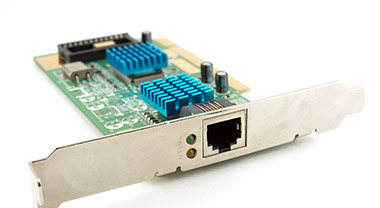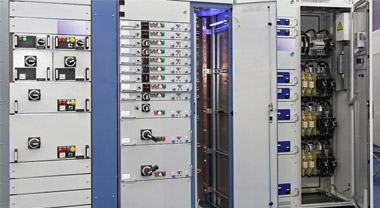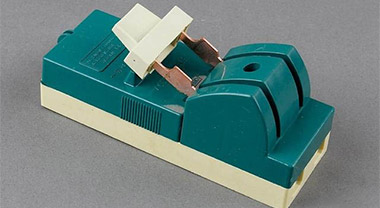6 tips should be considered when choosing a low-voltage circuit breaker
Correct selection of the electrical system of the low-voltage circuit breakers used, usually the following factors should be considered:
Tip 1: The nominal operating voltage and current. When selected, the rated working voltage (UN) is not lower than the rated line voltage, rated current can not be less than the current route calculation. Circuit breaker rated working voltage and breaking capacity category and the use of relevant, because a circuit breaker may have several rated working voltage and corresponding on-off capability and use categories.
Tip 2: Long delay trip setting current. The selected long time delay trip setting current circuit breaker, or the like to calculate the load current is greater than the line D, may be 1.05 to 1.15 times the load current line is determined, and should be greater than the long-term line conductor current is allowed to 0.8 to 1 times .
Tip 3: An instantaneous or short time delay trip unit setting current. Setting current instantaneous or delayed release of the selected circuit breaker, the line should be greater than the peak current.
3.1. power distribution circuit breaker. According to the principle of not less than 1.35 times the peak current is determined.
3.2. Motor protection circuit. When the operation time is less than 0. 02s, according to the principle of not less than 1.35 times the current is determined; if the operation time is greater than 0. 02s, press of not less than 1.7 to 2 times the starting current determined.
Tip 4: Separating and undervoltage tripping parameter determination. Shall be equal to the rated voltage of the rated line voltage and current should be determined according to the actual category circuit.
Tip 5: Short-circuit breaking capacity and short-term tolerance. Rated short-circuit making capacity, rated short-circuit breaking capacity should be greater than the expected short-circuit current at the installation.
5.1. When the operation time is less than 0. 02s, do not consider the non-periodic component of the short circuit current, i.e. the effective value of the AC component of the short-circuit as the maximum short-circuit current.
5.2. When the operation time is greater than 0. 02s, should be considered non-periodic components, i.e., the full current in the short circuit current of the first period as the maximum short-circuit current.
If the test results show that the breaking-off capacity is not enough, we should take the following measures:
5.3. increase fuses and other protective devices as backup protection.
5.4. current-limiting circuit breakers, use a larger capacity of the circuit breaker when necessary.
Tip 6: The sensitivity coefficients. I.e. the minimum line short-circuit current (two-phase or single phase generally the end of the line short-circuit current) and time delay trip circuit breaker or instantaneous setting current ratio. Selected circuit breaker, should the short circuit currentSensitivity coefficient for calibration:
6.1. two-phase short circuit sensitivity factor of not less than 2.
6.2. single-phase short circuit sensitivity coefficient 1.5 is desirable.




